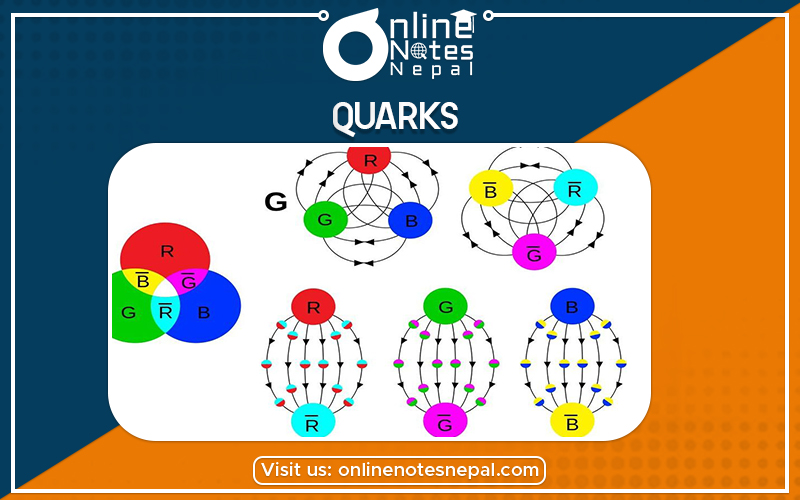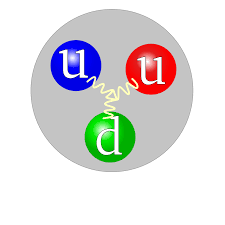Published by: Zaya
Published date: 25 Jun 2021


A quark is a type of elementary particle and a fundamental constituent of matter. They combine to form composite particles called hadrons, the most stable of which are protons and neutrons, the components of atomic nuclei. Due to a phenomenon known as colour confinement, quarks are never directly observed or found in isolation; they can be found only within hadrons, which include baryons (such as protons and neutrons) and mesons. For this reason, much of what is known about quarks has been drawn from observations of hadrons.
Quarks have various intrinsic properties, including electric charge, mass, colour charge, and spin. They are the only elementary particles in the Standard Model of particle physics to experience all four fundamental interactions, also known as fundamental forces (electromagnetism, gravitation, strong interaction, and weak interaction), as well as the only known particles whose electric charges are not integer multiples of the elementary charge.
There are six types, known as flavours, of quarks: up, down, strange, charm, bottom, and top. Up and down quarks have the lowest masses of all it’s. The heavier quarks rapidly change into up and down it’s through a process of particle decay: the transformation from a higher mass state to a lower mass state. Because of this, up and down quarks are generally stable and the most common in the universe, whereas strange, charm, bottom, and top quarks can only be produced in high energy collisions (such as those involving cosmic rays and in particle accelerators). For every quark flavour, there is a corresponding type of antiparticle, known as an antiquark, that differs from the quark only in that some of its properties (such as the electric charge) have equal magnitude but opposite sign.
The quark model was independently proposed by physicists Murray Gell-Mann and George Zweig in 1964. These were introduced as parts of an ordering scheme for hadrons, and there was little evidence for their physical existence until deep inelastic scattering experiments at the Stanford Linear Accelerator Center in 1968. Accelerator experiments have provided evidence for all six flavours. The top quark, first observed at Fermilab in 1995, was the last to be discovered.